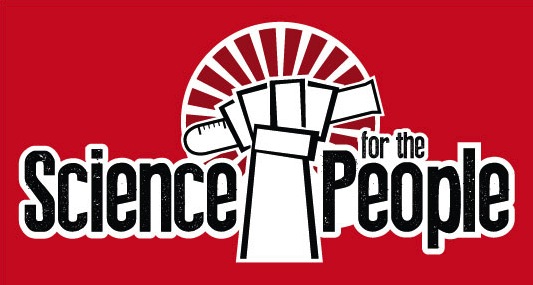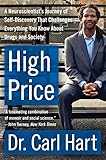Here’s some Inauguration Day reading for you:
For half a century, the FDA has regulated drugs on the premise that science should show that they’re safe and effective before drug companies get to sell them. Before modern drug laws, companies filled the market with ineffective products, backed by no evidence that they worked.
As I write this week in Pacific Standard, a couple of candidates for Trump’s FDA seem to think that we should go back to that era before modern drug laws. Jim O’Neill, a venture capitalist who invests in biotech argues that as long as companies can show a drug is safe, the FDA should let patients take it “at their own risk,” regardless of whether that drug is useless.
And biomedical engineer/biotech executive Balaji Srinivasan thinks that, rather than testing drugs with clinical trials, people should just rate them the way they rate their Uber drivers. Given that people believe all sorts of insane things about what makes them healthier, this is not likely to be a way to rigorously learn whether a drug actually does something for the patients who buy – and whether its not just the drug company ripping people off.
In my piece, I explain exactly why these ideas would be bad for you. But the overarching theme is this: the problem with the two candidates, and their associate Peter Thiel (who is advising Trump on the FDA) is that they see drugs and biotech from the view of investors and startup executives. These are people who hear promising, brilliant medical ideas all the time from scientists and entrepreneurs, people who want to take fledgling ideas and turn them into therapies. That’s great, but in the end, most of these promising, brilliant ideas will in fact be wrong – and that’s why we need the FDA to protect us by weeding out the failures.



